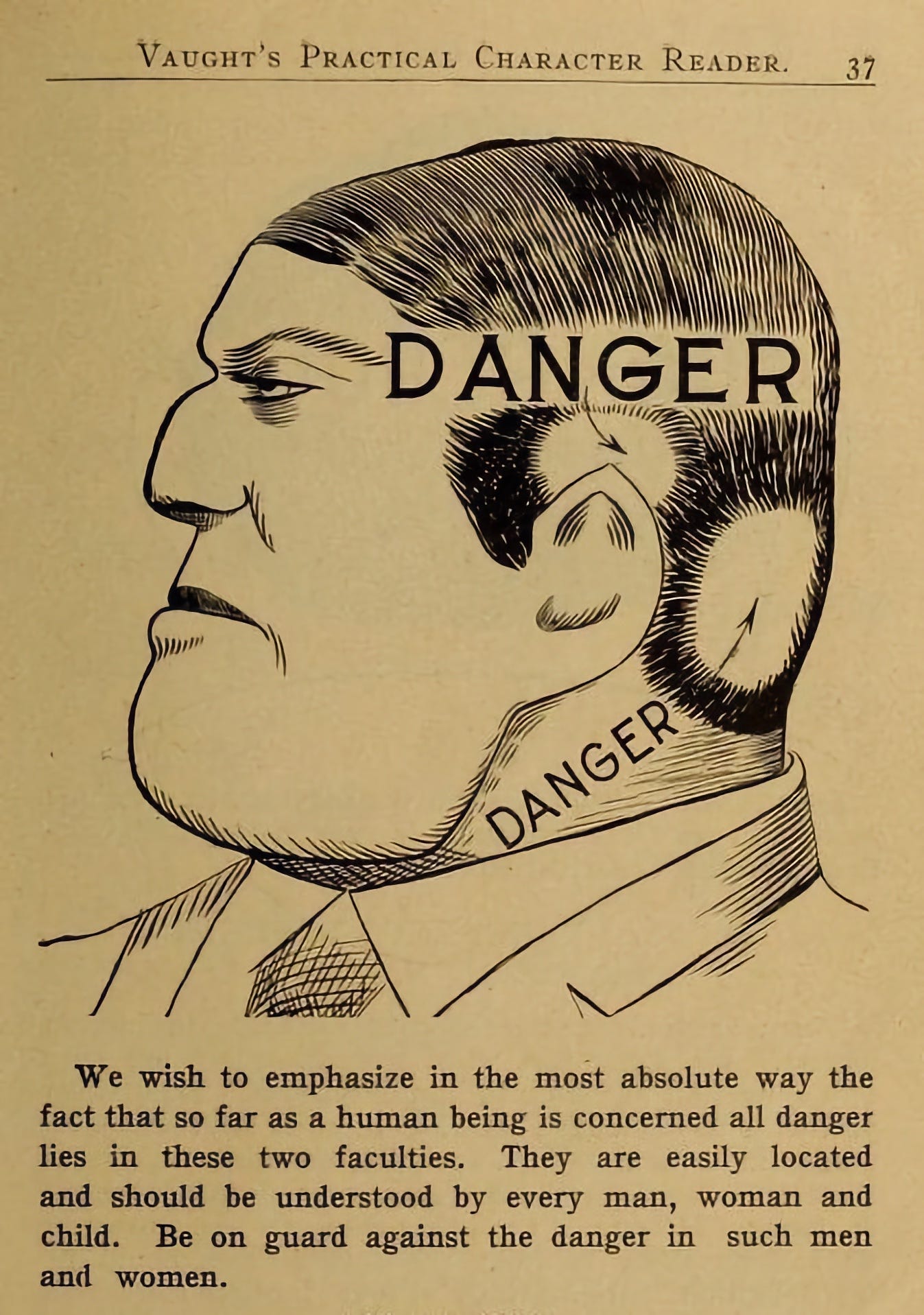
In an era where the science of the mind was as much about the bumps on your head as it was about neurons firing in your brain, L.A. Vaught’s Practical Character Reader emerged as a curious guide to understanding personality through phrenology.
Published in 1902, this book stands as a testament to a time when the shape of your skull could allegedly reveal the secrets of your soul. Let’s dive into the eccentric world of phrenology, where pseudoscience and personality collide and create dangerous ideologies.
Phrenology, the brainchild of German physician Franz Joseph Gall, took the 19th century by storm. Gall posited that the brain was the organ of the mind, and different brain areas were responsible for different traits and abilities.
These areas, he claimed, could be discerned by examining the bumps and contours of the skull. Imagine a world where your character was as transparent as the shape of your forehead – welcome to the heady days of phrenology!
L.A. Vaught’s Practical Character Reader is an artifact from the twilight of phrenology’s popularity.
With its detailed diagrams and earnest descriptions, it promised readers the ability to decode the mysteries of personality by simply feeling the contours of a cranium.
In the early 1900s, phrenology was already teetering on the edge of scientific credibility, but it was still wildly popular in public and commercial circles.
People flocked to phrenologists to have their heads read, believing these examinations could guide personal and professional decisions.
Phrenology gained popularity in the 19th century, often providing a veneer of "scientific" and "biological" legitimacy to racism, sexism, and other forms of discrimination.
The pseudoscience was responsible for various societal ills during its heyday, even leading to the creation of absurd and comical instructional materials such as Vaught's Practical Character Reader, aimed at teaching the public how to judge people's worth using phrenological principles.
Phrenology bolstered Social Darwinism by claiming that certain physical traits, particularly those associated with the skull, were linked to intellectual and moral superiority.
Phrenologists often made sweeping generalizations about different races based on skull measurements, perpetuating harmful stereotypes. For example, they claimed that Europeans had more “developed” skull regions associated with intelligence and morality, while non-Europeans were deemed inferior.
This pseudo-scientific racism provided a veneer of legitimacy to colonialism, slavery, and segregation, suggesting these practices were justified by natural differences in capability and character.
Meanwhile, eugenicists believed they could breed out undesirable traits by preventing those with “inferior” genetic makeup from reproducing.
Phrenology’s focus on hereditary traits and physical indicators of character made it a natural ally to eugenics, further embedding these pseudoscientific concepts in social policy and public consciousness.
Despite its popularity, phrenology faced mounting criticism. Scientists argued that it lacked empirical support and was riddled with confirmation bias.
The deterministic views it espoused – that one’s character and abilities were fixed and could be read from the skull – were increasingly seen as simplistic and unfounded. By the early 20th century, phrenology was largely discredited, but not before leaving a lasting imprint on popular culture and pseudoscience.
Need more bad science?
Will Radium Restore Youth? (1923)
From the time Marie Curie and her husband Pierre discovered radium in 1898, it was quickly understood that the new element was no ordinary metal. It was soon viewed as a wondrous and powerful element: a cure for cancer, and a source of beauty and vitality. When the Curies finally isolated pure radium they determined that the substa…
The Fun Side of DDT (1947)
DDT is good for me-e-e! That was the slogan of a advertisement for a pesticide that was hailed as a miracle of modern science. This ad appeared in Time Magazine, June 30, 1947. DDT was marketed as a wonder product for farmers, gardeners, and homeowners. DDT could kill pests such as mosquitoes, flies, ants, aphids, and caterpillars w…

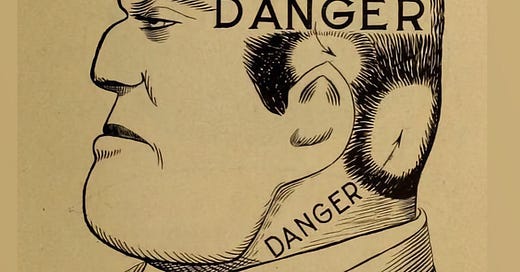





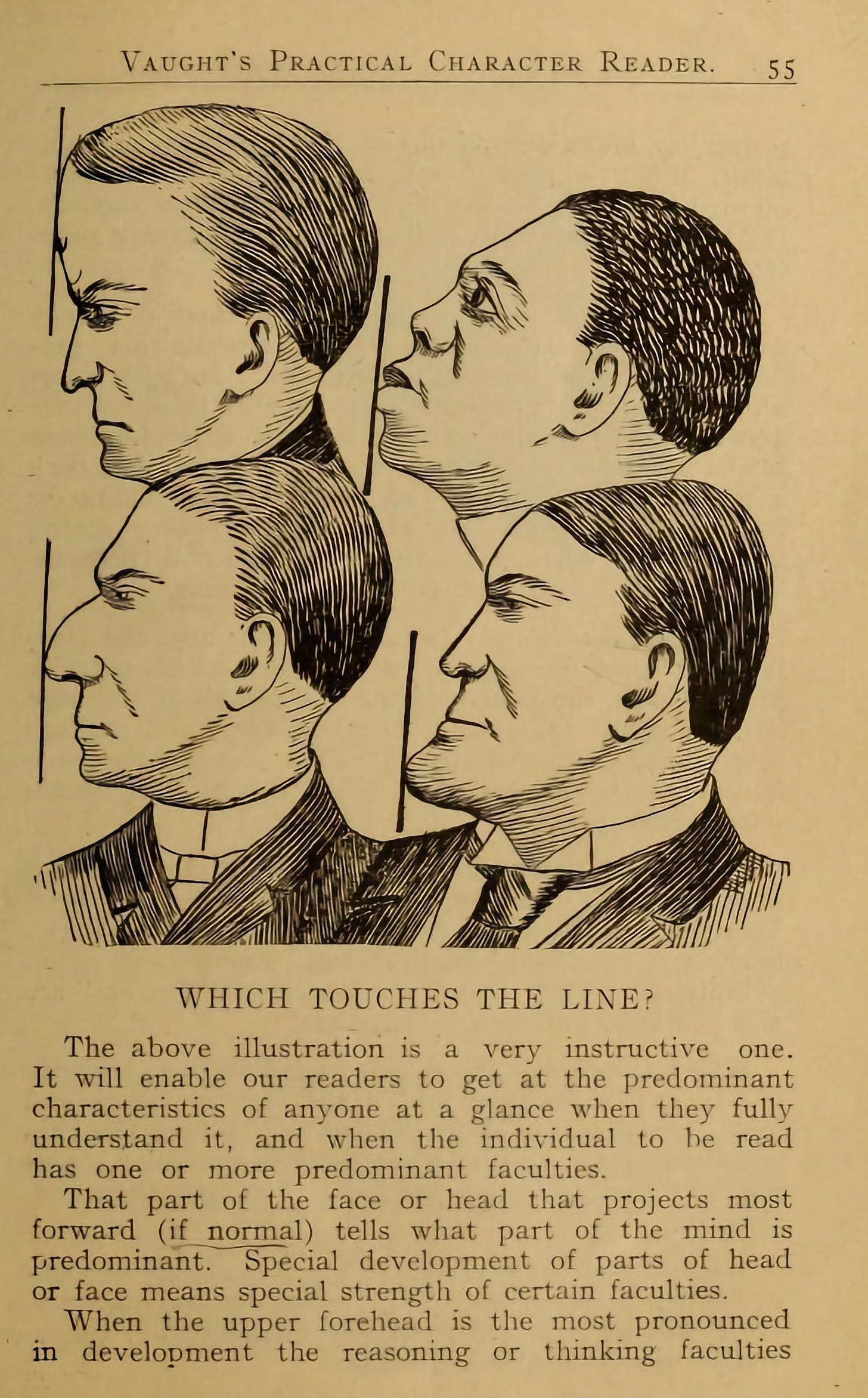
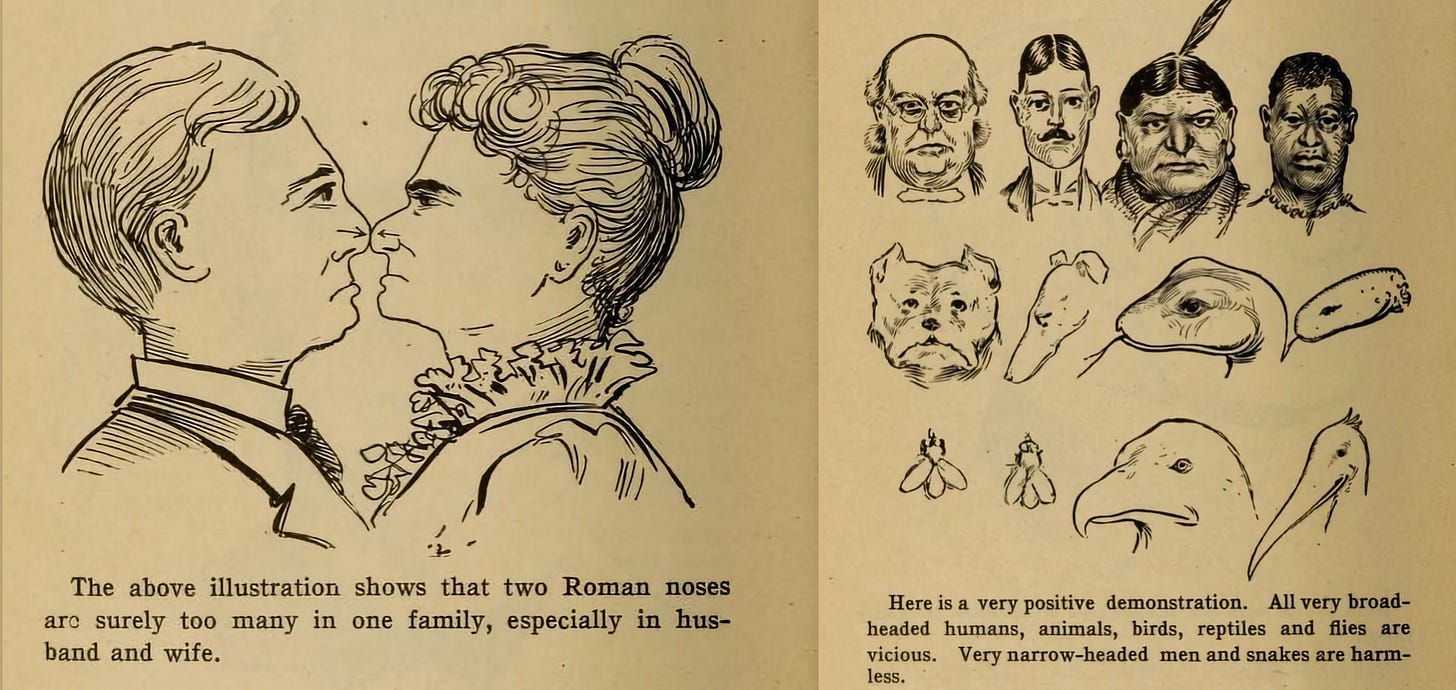

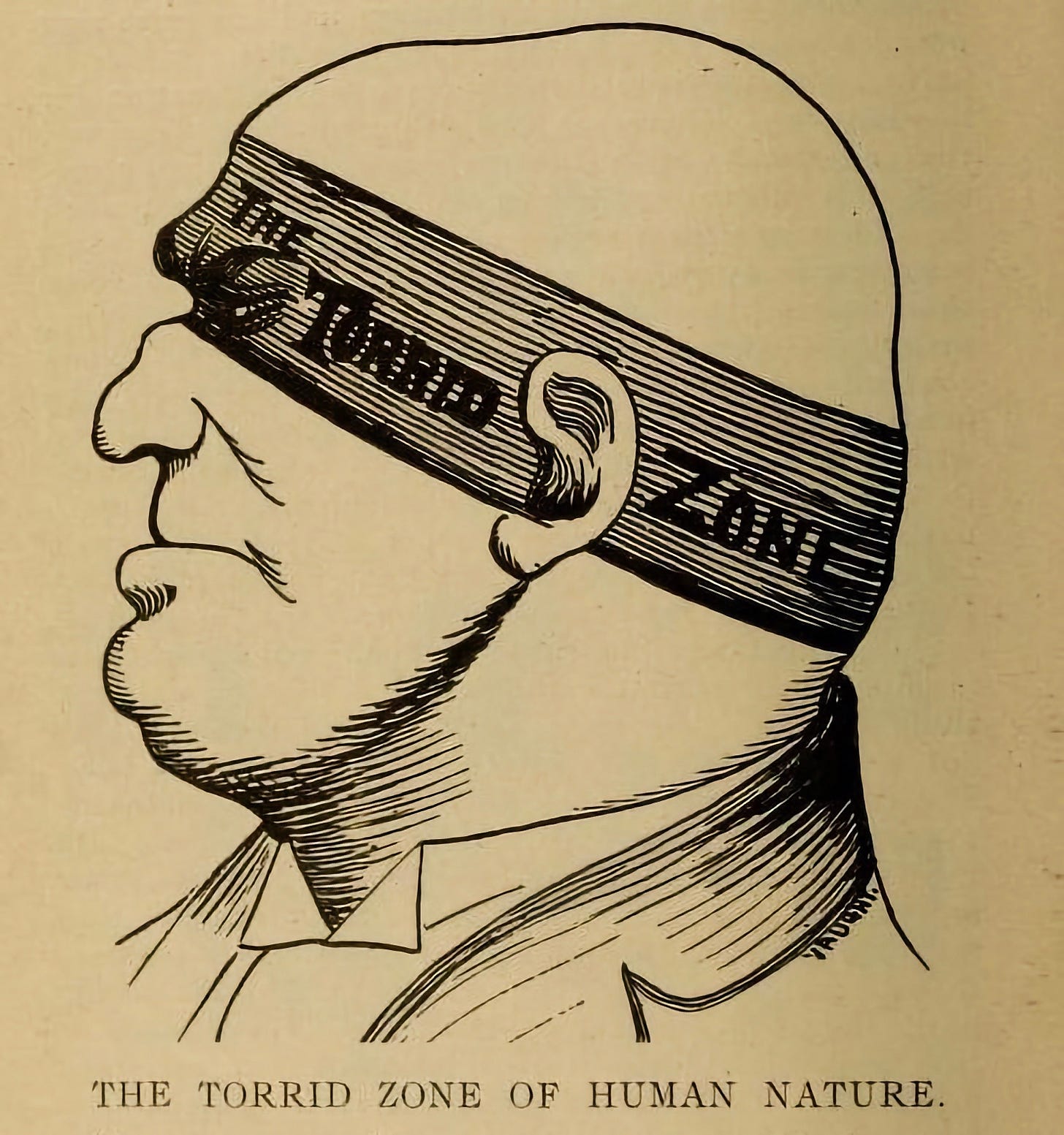


Phrenology may be bad science but it does explain Donald Trump's combover.
Looking at these drawings it makes one wonder if these phrenologists based their assumptions off the work of cartoonists and how they depict the targets of satire. Which seems pretty conclusive since we all know cartooning is the ultimate in thoroughly tested scientific study!